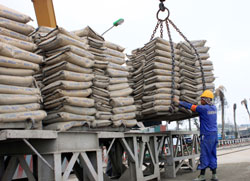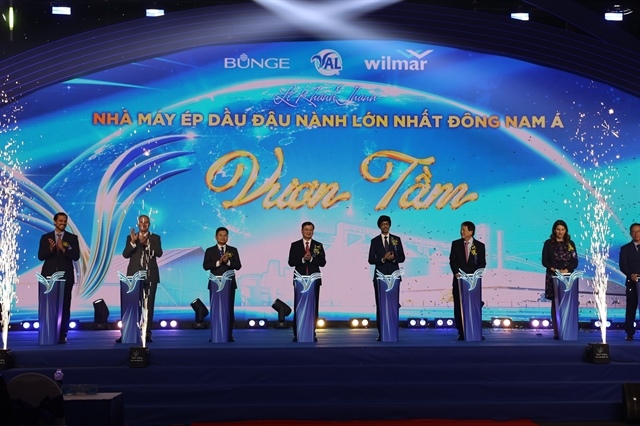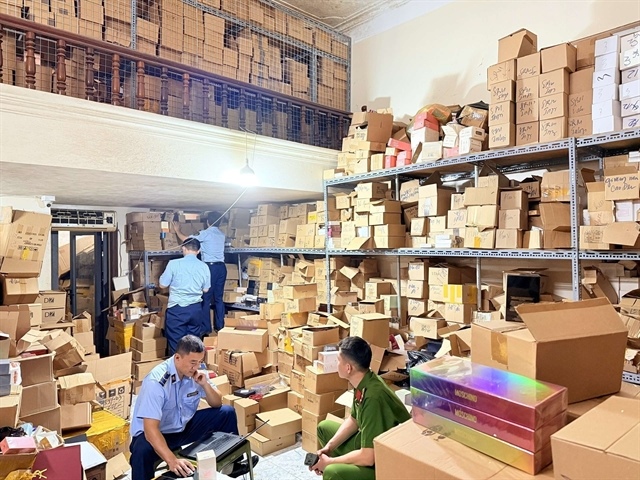Cement inventory level safe
Cement inventory level safe
The cement industry sector had around 2.8 million tonnes of cement in their inventory which was a safe level, said Deputy Minister of Construction Nguyen Tran Nam.

The deputy minister reported this information on Chinhphu.vnwebsite after some claimed there was a serious imbalance between supply and demand in cement production due to insufficient planning by the cement industry.
The official said that stockpiled cement was not a common problem of most cement producers. The cement industry now had 62 production lines of reverted furnaces for cement production with a combined capacity of 57.6 million tonnes a year. Last year, cement demand was just 54-55 million tonnes, but this figure is forecast to increase to 75-76 million by 2015 and to 113-115 million by 2020. They should not make long-term plans based on short-term difficulties, Nam said.
Total consumption of cement for the first half of this year was estimated to be 28 million tonnes.
He also noted that transport projects, particularly in rural areas, using uncalcined raw materials such as uncalcined gypsum for portland cement production show great potential for the industry.
The deputy minister, however, pointed the finger at badly-performing cement factories, including the Ha Long, Dong Banh,Quang Son and Tam Diep cement plants.
The Dong Banh cement plant had been operating at a loss because its shareholders had not contributed enough charter capital, leading to a capital shortage. Despite good production methods, the Ha Long cement plant still faced capital shortage due to the higher investment costs, as a result of the long investment time, according to the official.
Since the end of 1980, Viet Nam has suffered from a lack of cement. Annually, the country had to import between 3-4.5 million tonnes of cement. Since the end of 2010, cement supply has begun to meet the real demand of domestic consumption and export. With such issues, cement production was fully accurate between 2005-10.
With advanced technology, cement production has risen and stopped the shortage of cement. Over the last 15 years, the cement sector has brought into play its role in the Government price stabilisation programme. Over the last 15 years, cement prices have risen with an average increase of over 1 per cent annually despite of many difficulties in input such as coal, electricity and high banking interest rates.
To deal with the challenges facing the building industry, the Ministry of Construction has encouraged cement producers to enhance investment management and continuously raise the localisation ratio of technology in cement production as well as promote domestic consumption and exports. The Ministry has also warned cement producers to carefully consider their investment and control their money flow to avoid existing weakness of ailing cement producers
vietnamnews





















